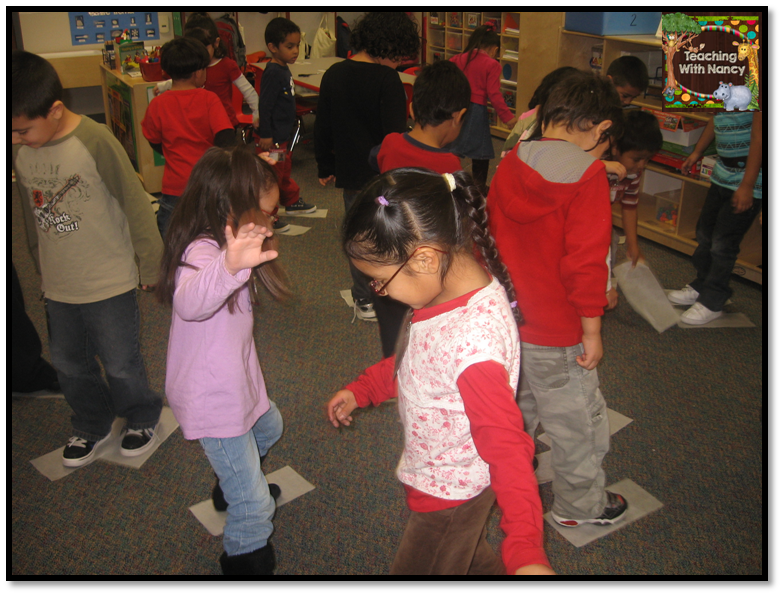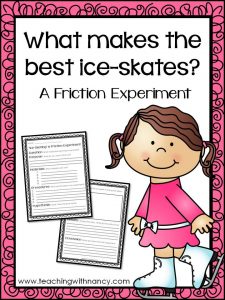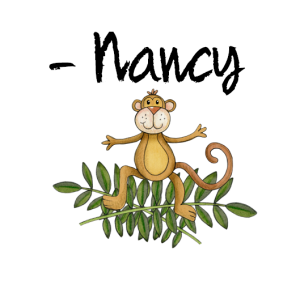Today, I would like to share one of my favorite winter lessons with you. I posted this lesson on Who’s Who and Who is New blog early this month but wanted to share it with my blog readers.
I did this lesson with students to teach them about friction and the scientific method of inquiry. Although in this example I did the lesson with younger students, it can be easily adapted to suit students from Pre-K thru 5th grade.
I began the lesson by telling students that we would be “ice-skating” in the classroom. That always got their attention. After laying some ground rules, we began to experiment and learn about friction.
I gave them different items to use as “ice-skates” and had them skate around the room in the area I had designated. For “ice-skates” I used: magazine pages, waxed paper, left-over laminating film and sometimes thin paper plates.
Laminating film “ice-skates”
Magazine page “ice-skates”
Waxed paper “ice-skates”
We would try out each set of “ice-skates” for just a couple of minutes. I always did it with them because it is so fun!
After trying out each pair of “ice-skates” we created a class graph showing which material they felt made the best “ice-skates”.
Our class data graph.
Using the data from the graph, we talked about more, less, and equal. It also led to conversations about why they felt one material was better sliding vs. another. If you use science journals in your class, they can write about the experiment and discuss friction.
Ideas for extending the lesson:
- Brainstorm other “ice-skating” materials
- Come up with other ways to display the data
- What surface would work better than carpet? Why?
- Lessons on friction
- Write about Ice-skating
Below I have included sheets for you to use to conduct this experiment using the scientific method. Students can complete each part of the investigation forms as you guide the class through this hands-on lesson. Two levels are included: K-2 and 3-5.
I love this lesson because it allowed me to incorporate multiple disciplines: science, writing and math. What also made this lesson a success was that it required my students to all to get up, move and have fun.








No Comments